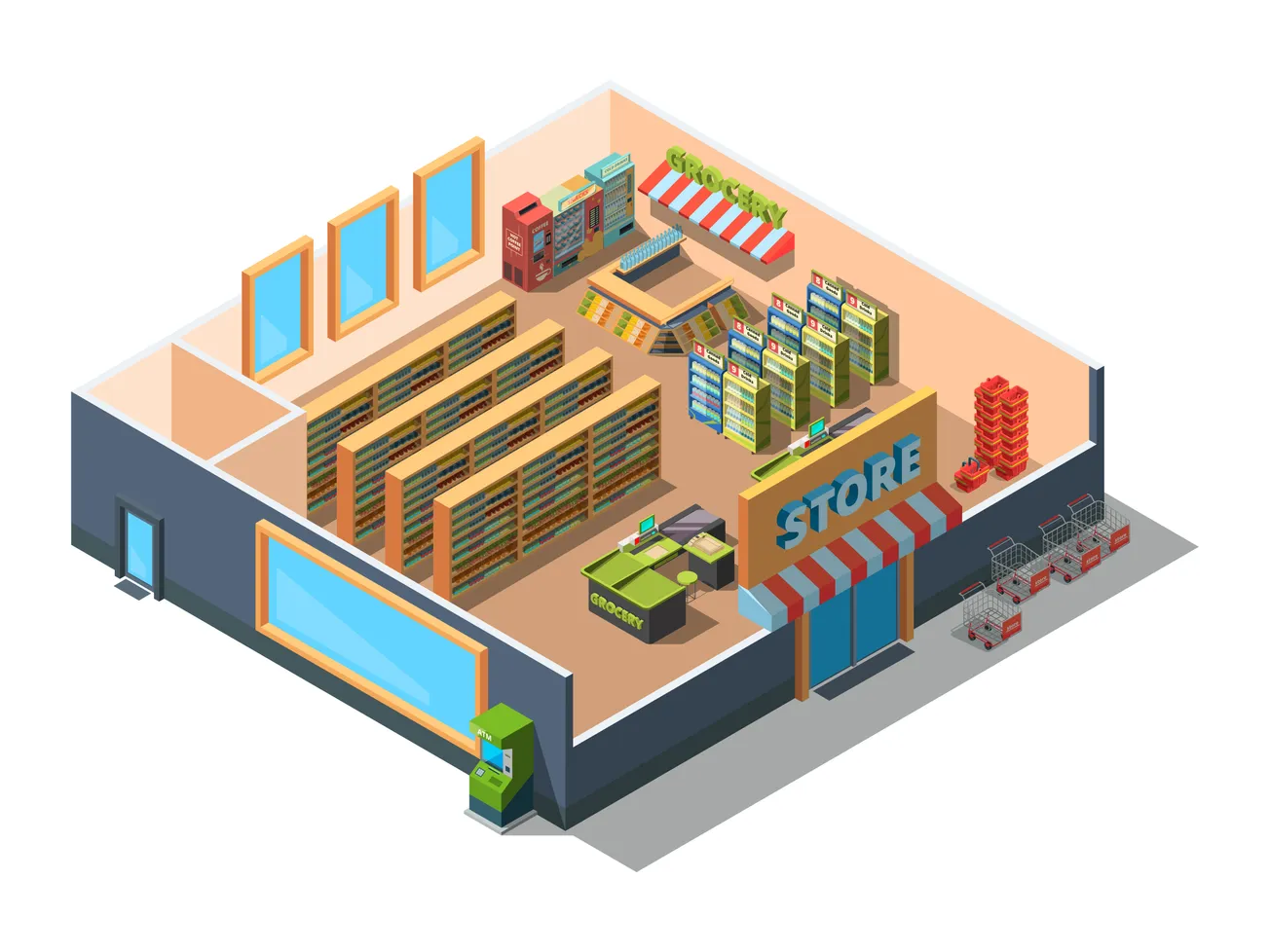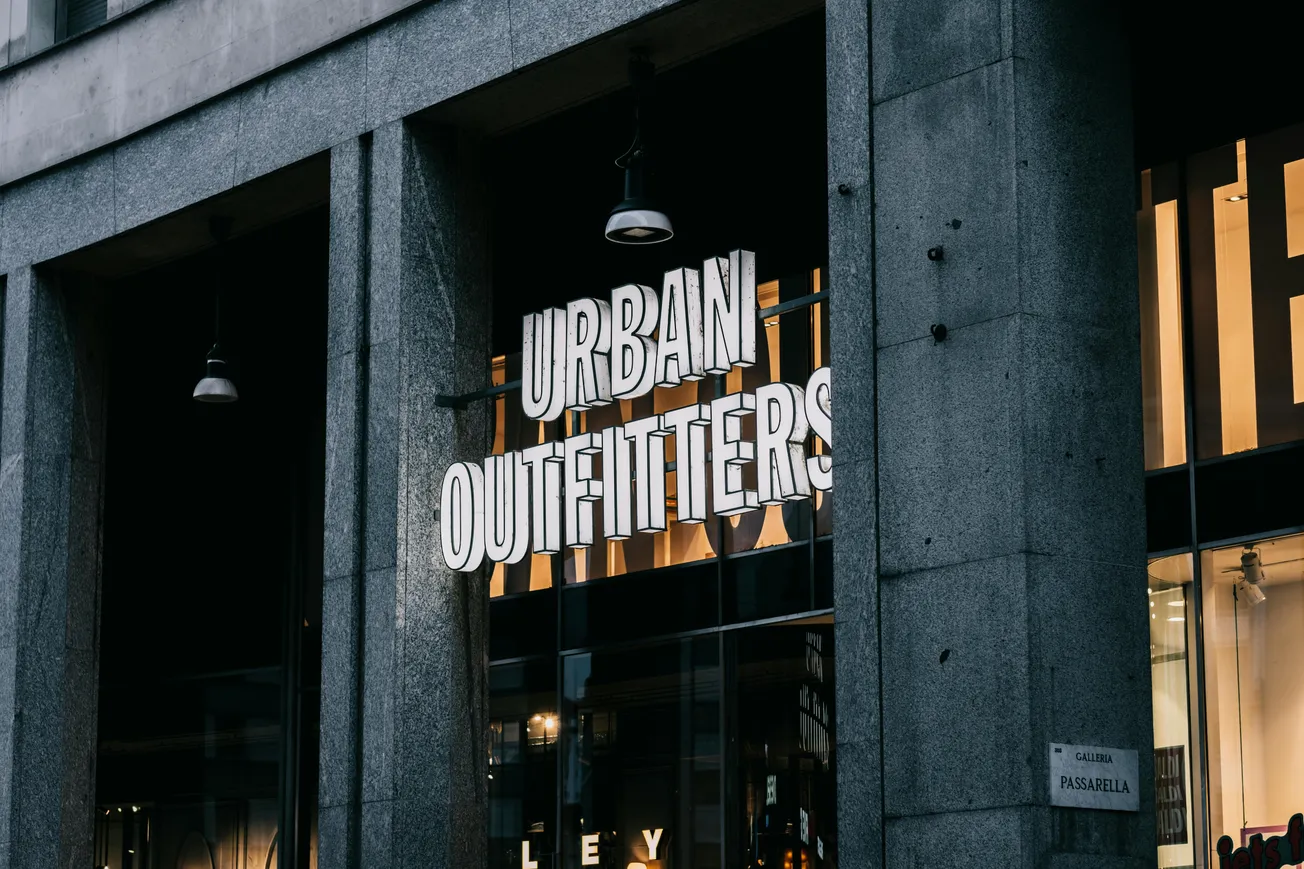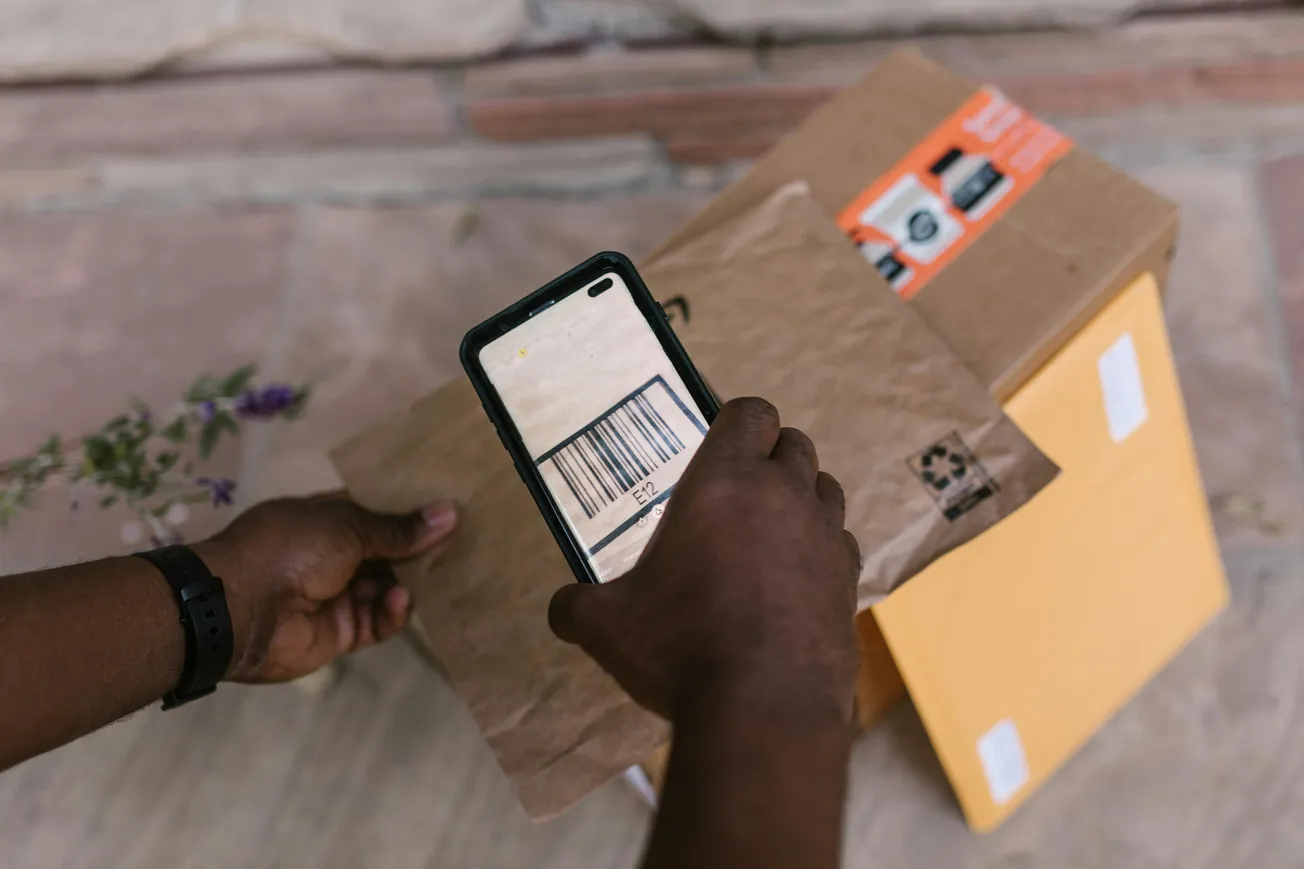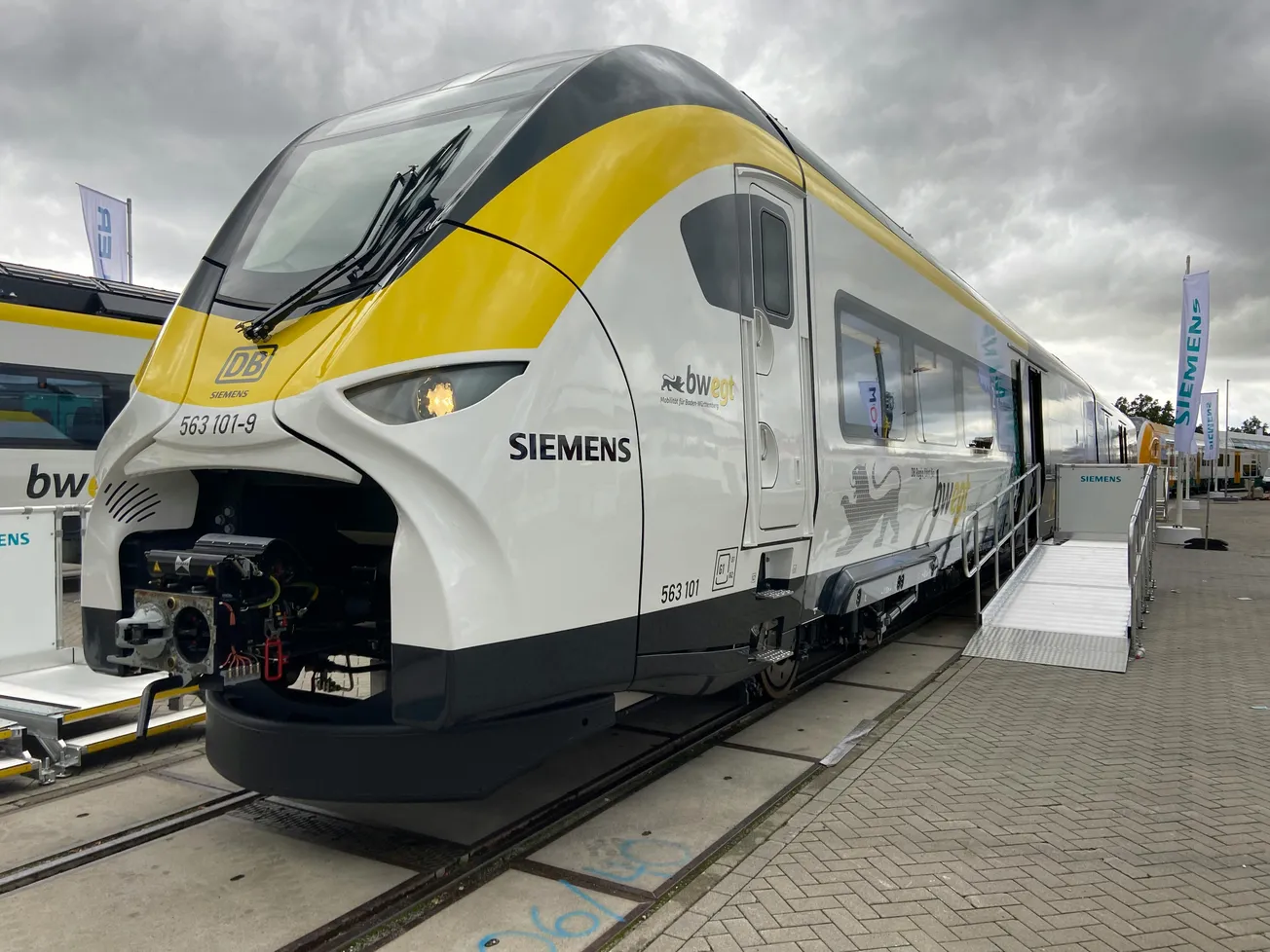Despite the surge in online ordering, in‑store grocery shopping remains the dominant mode of purchase for most consumers, especially for fresh foods. As grocers integrate digital and physical experiences, optimizing store layout and merchandising has taken on renewed strategic importance.
Retailers like Walmart, H-E-B and Wegmans are increasingly using data, AI and shopper behavior insights to inform store design, traffic flow and product placement. The goal: deliver faster finds, more intuitive navigation and increased impulse purchases without compromising operational efficiency.
The Science of Shelf Placement
Successful grocers understand that where a product sits matters as much as the product itself. Eye-level shelving, end caps and point-of-sale displays still drive high conversion. But modern strategies go deeper:
- Heat mapping and foot traffic data allow stores to reconfigure aisles based on high-interest areas.
- AI-powered planograms optimize item adjacencies based on co-purchase data and seasonal demand.
- Modular fixtures let stores quickly adapt sections for promotions or local demand shifts.
One 2024 study by NielsenIQ found that dynamic merchandising adjustments triggered by real-time sales data can boost category sales by 8–14% when combined with strategic signage and lighting.
Marrying Physical Flow with Digital Cues
Omnichannel integration has brought new challenges to grocery layout design. As fulfillment teams and personal shoppers roam aisles alongside traditional customers, stores must now accommodate dual-purpose traffic, balancing consumer ease with picker speed.
Retailers are responding by:
- Designing “fast lanes” for online order picking.
- Separating staging areas from high-traffic zones.
- Testing AI-assisted shelf stocking for high-turnover items.
Meanwhile, QR codes, app‑based wayfinding and digital shelf tags help bridge the gap between physical discovery and digital utility, allowing customers to instantly scan recipes, check for allergens or schedule delivery.
Localized Merchandising Drives Loyalty
No two markets are identical. High-performing grocers are emphasizing localized assortment and merchandising, including:
- Featuring regional brands or ethnic cuisines tied to neighborhood demographics.
- Highlighting local farmers and suppliers through in-aisle signage.
- Curating end caps and cross-category pairings based on regional weather, school calendars or sports seasons.
Grocers who align physical merchandising with local culture see higher return rates, dwell times and average basket sizes, according to the Food Marketing Institute.
Looking Ahead: AI and Predictive Layout Planning
The future of store design is predictive, flexible and AI‑assisted. New platforms can simulate changes to layout in virtual models before real-world implementation, saving labor and enhancing performance.
Additionally, tools that analyze shopper pathing, basket composition and search frequency help grocers anticipate changes and adjust layouts proactively rather than reactively.
Smart Layouts Power Smart Retail
As digital and physical grocery continue to converge, store layout optimization is evolving from a tactical tool into a strategic differentiator. It is no longer just about walking the aisles, but it is about designing experiences that blend data, discovery and convenience.
Retailers that invest in smarter layouts and localized merchandising will be best positioned to thrive in today’s omnichannel retail economy.








